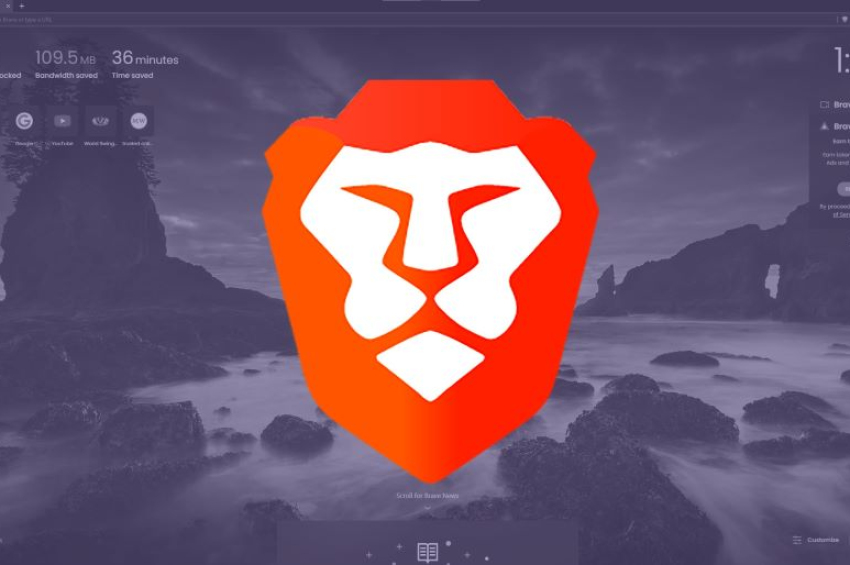Brave browser launches first on-chain naming service, unlocking .brave Identity for users
Brave has just become the first web browser to launch its own on-chain top-level domain (TLD), enabling millions of its users to claim personalized domain names sitting on .brave.
The initiative, a landmark move for digital identity and Web3 integration, is a collaboration with Unstoppable Domains and is set to bring decentralized internet access to Brave’s 85 million monthly active users.
The .brave domains, minted on the Polygon blockchain, allow users to establish secure, human-readable Web3 identities that work across multiple networks, including Ethereum, Bitcoin, Solana, and Base, the company said in a press release.
More to read:
Chrome’s sale is likely to end Google era
These domains function as both a crypto wallet address and a digital identity, compatible with dApps, wallets, and decentralized websites.
Users will be able to send and receive crypto using .brave names directly within the browser, eliminating the need for long wallet addresses. They can also host censorship-resistant websites via IPFS and access them directly within the browser.
The user-owned identity layers will be part of Brave’s ecosystem – fully integrated withing Brave Wallet and supported in Brave Browser version 1.81. The feature is expected for release in early August 2025.
More to read:
Google boosts ads transparency with new payer name disclosure rules
As part of the partnership, Unstoppable Domains will join Brave’s Rewards 3.0 Partner Program, potentially boosting the visibility and utility of Brave’s Basic Attention Token (BAT), now held by users across more than 1.5 million verified creators globally.
Looking ahead, Brave and Unstoppable Domains are exploring the possibility of registering .brave as a gTLD (generic top-level domain) through ICANN. If successful, the move would enable it to function across both Web2 and Web3 environments, reinforcing the companies’ vision of a more interoperable and user-centric internet.
The Brave browser was launched in October 2016, for Android devices.







